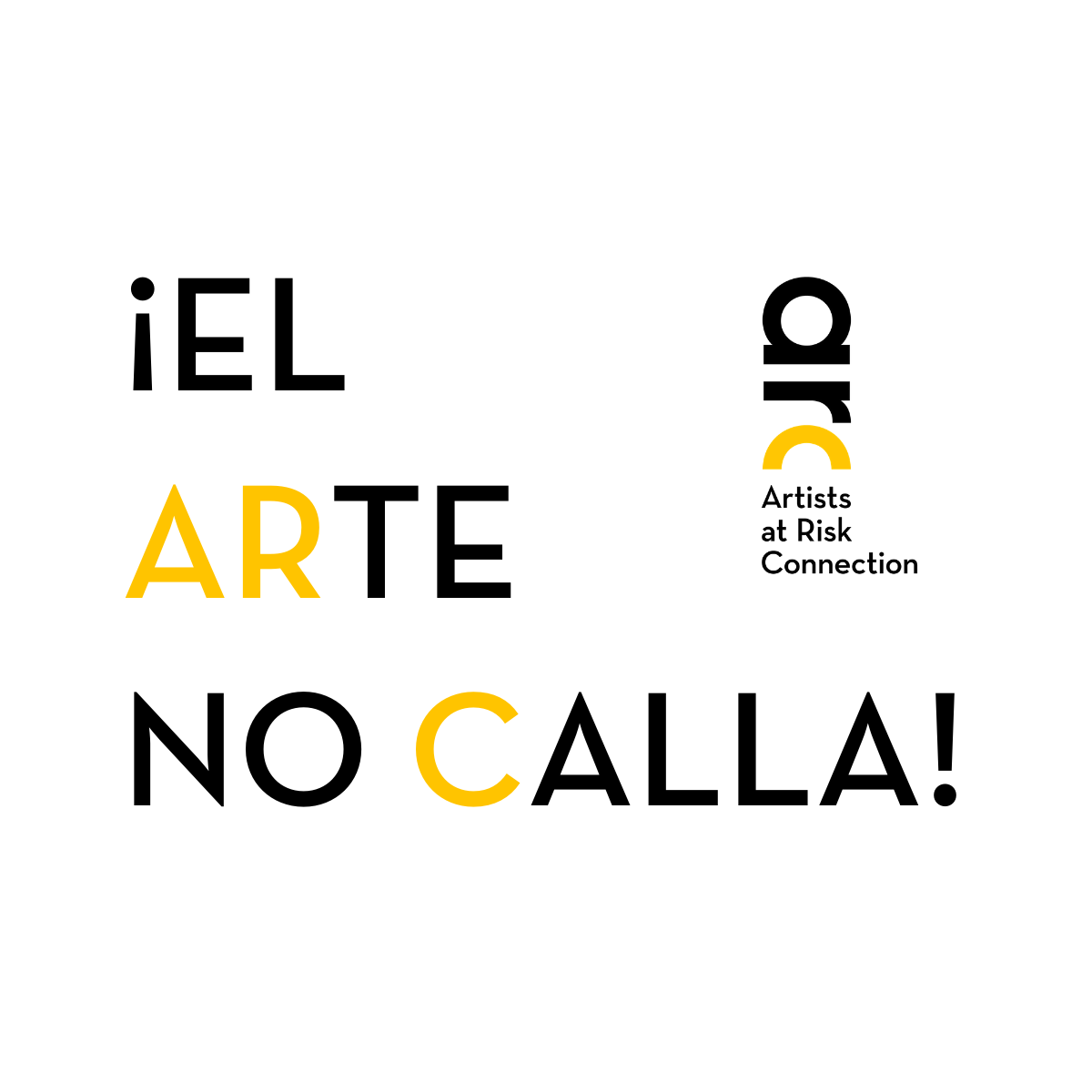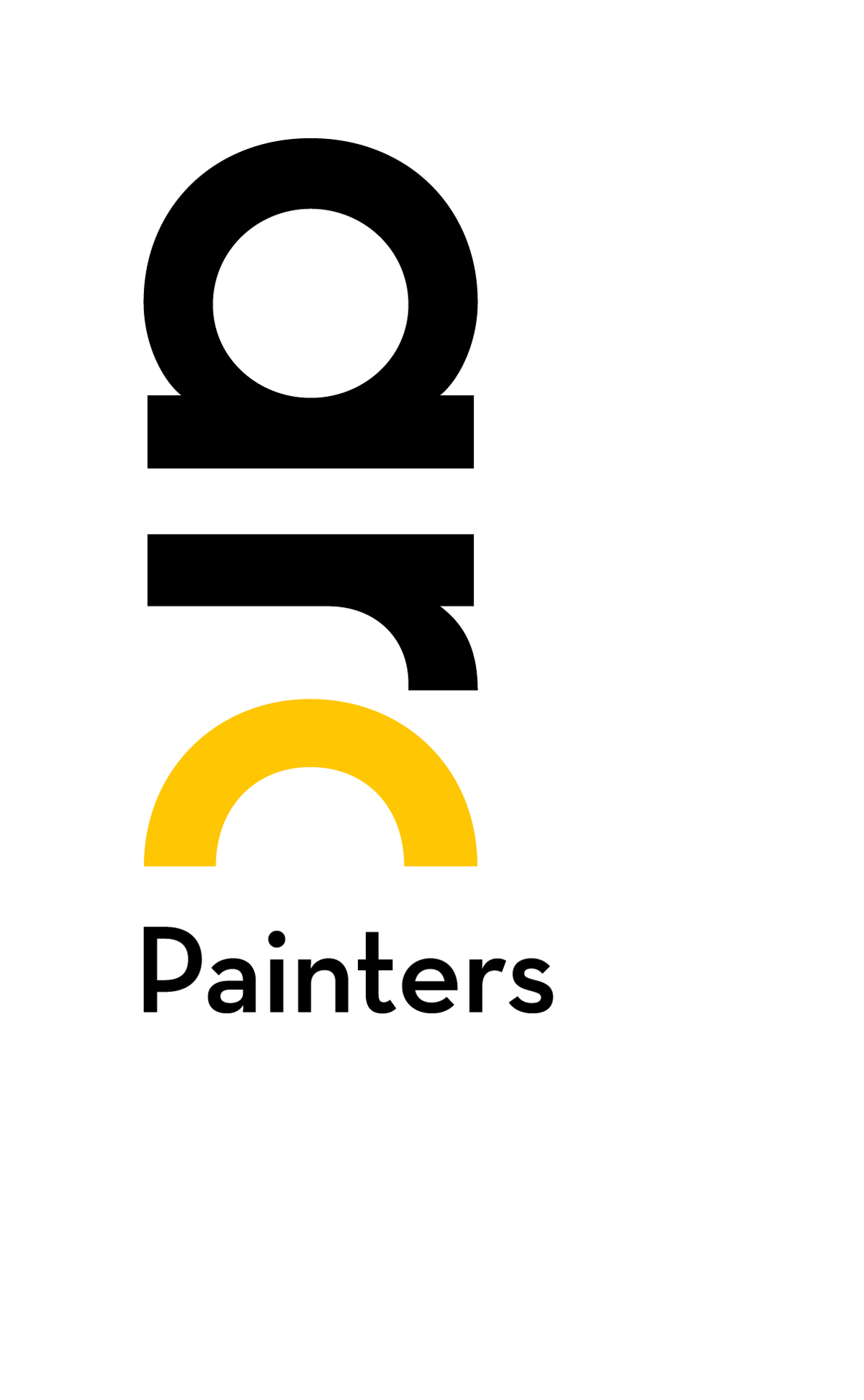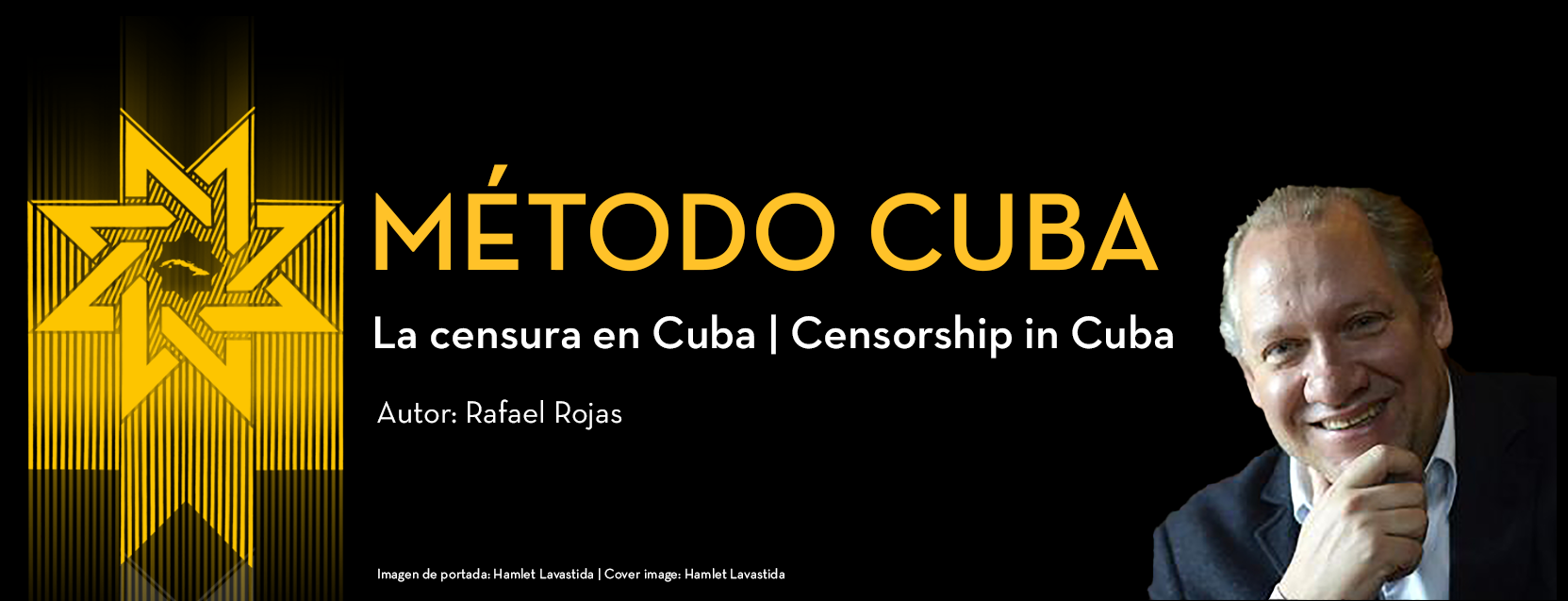Censorship in Cuba
La censura en Cuba
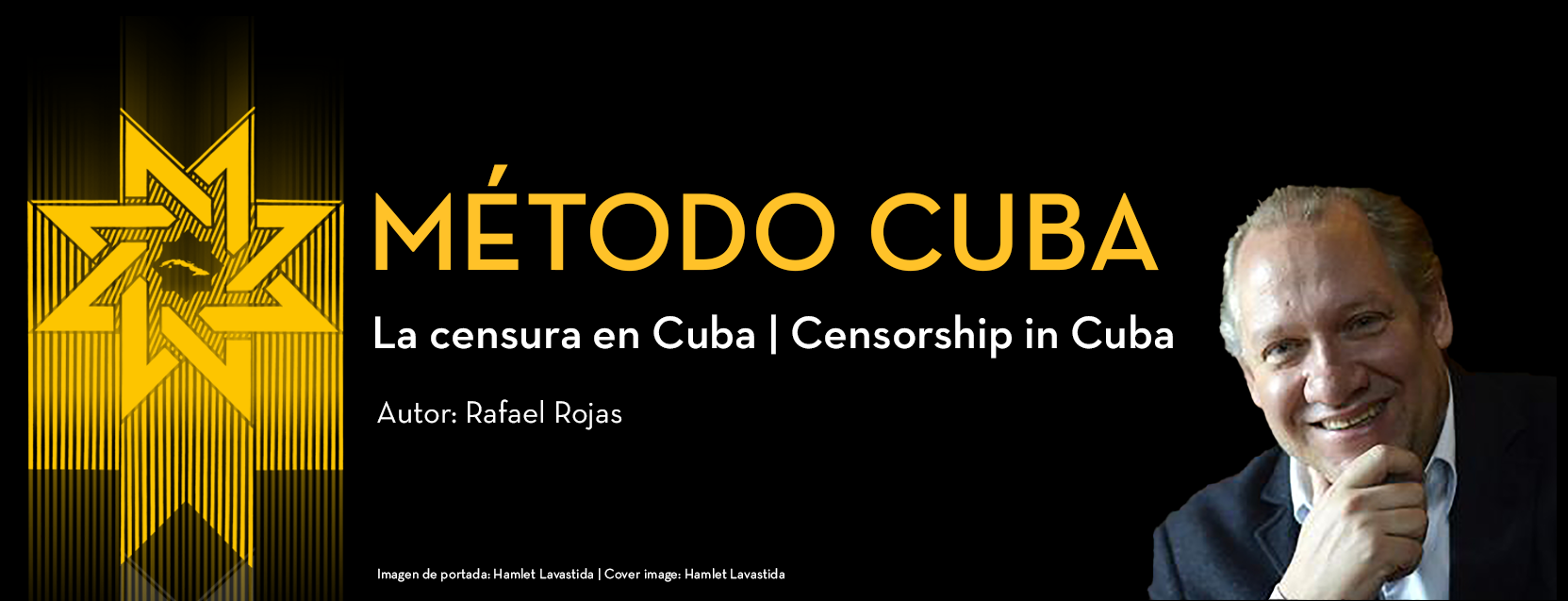
Censorship in Cuba
By Rafael Rojas[1]
Restrictions on artistic and literary free expression in Cuba were initiated in the early years of the 1959 Revolution and have passed through diverse phases since then. Those phases corresponded to mutations in the official ideology that broaden or narrow the permanent margins of what can or cannot be said.
In the first decade of the Revolution, during the 60s, while the communist regime tried to enroll themselves in a “new left,” opposed to capitalism but distanced from the Soviet model, censorship fundamentally punished artists from the republican period, such as Gastón Baquero, Lydia Cabrera, Jorge Mañach, Eugenio Florit, Enrique Labrador Ruiz, and Carlos Montenegro, among others.
These creators did not directly participate in the revolutionary process, lacked solid links to mainstream official thought, or identified with liberal ideologies, and went into exile following the establishment of the revolutionary regime. Exile, as a form of exclusion, added to the extinction and stigmatization of these figures in the intellectual field on the island.
Although it was not the first, one of the foundational acts of censorship in Cuba emerged from this policy of exclusion and was concerning the film PM by Orlando Jiménez Leal and Sabá Cabrera Infante in 1961.[2]
The censoring of the film was followed by the shutting down of the magazine Lunes de Revolución,[3] which was led by Guillermo Cabrera Infante, as well as the growing subordination of the culture sphere on the island to centralized institutions, such as the Union of Writers and Artists of Cuba (UNEAC, acronym in Spanish) and the Cuban Institute of Cinematographic Art and Industry (ICAIC, acronym in Spanish).
During the 70s and 80s, when the Cuban government imposed Soviet-style Marxist-Leninist ideology into the cultural and educational policy of the State, censorship extended to other creators who, in the beginning, had supported the Revolution but did not renounce their libertarian worldview or religious faith. Some, such as José Lezama Lima, Virgilio Piñera, Antón Arrufat, or César López, would be censored on the island, while others, like Guillermo Cabrera Infante, Severo Sarduy, Nivaria Tejera, Calvert Casey, Heberto Padilla,[4] Guillermo Rosales, or Reinaldo Arenas, would join the list of creators erased from the literary space as they entered exile.[5]
After the fall of the Berlin Wall and the disintegration of the Eastern Europe socialist camp, there was a realignment in the official Cuban ideology, reflected in the Constitution of 1992.[6] This realignment, based on the idea that cultural and educational policy responded more to the “Cuban national identity” than to Soviet Marxism-Leninism –although this was not completely abandoned– generated a controlled easing and new closing of this policy.
The intellectual and artistic generations of the 80s and 90s suffered various episodes of censorship and even the deprivation of their freedom because of their critical art. The closures of publications such as Naranja Dulce,[7] the harassment of independent projects like Castillo de la Fuerza (1988) and Paideia (1989),[8] or the imprisonment of Ángel Delgado after his intervention in the exhibition “El objeto esculturado” (1990), were among them.
Censorship extended against the new generation of the Cuban diaspora: Manuel Moreno Fraginals, Manuel Diaz Martínez, Jesús Diaz, María Elena Cruz Valera, Iván de la Nuez, Zoé Valdés, and many other artists from the 80s generation. In fact, as established since the first years of the revolutionary government, exile has functioned as a vital outcome for those artists and writers subjected to censorship and stigmatization on the island.
At the time of the repression caused by the “Black Spring of 2003,”[9] among the dozens of imprisoned opposition were journalists and writers such as Raúl Rivero, Ricardo González Alfonso, or Manuel Vázquez Portal, victims of censorship for years. When the first independent blogs arose, among them
Generación Y[10] by Yoani Sánchez, the Cuban state tried to suppress them at any cost, resulting in the police’s persecution of Sánchez and her husband, Reinaldo Escobar.
In recent years, cultural censorship has persisted in independent film production. Films by directors Carlos Lechuga, Miguel Coyula, and Yimit Ramirez have been vetted or banned from being screened. Performance art and civic activism have also become prime targets of the interdictions of power. The harassment against Tania Bruguera[11] and the judicial processes and several year prison sentences against the artist Luis Manuel Otero Alcántara[12] and rapper Maykel Castillo (Osorbo)[13] reveals the current reaffirming of censorship as an exclusionary mechanism of the Cuban system.
In over 60 years, censorship has not ceased or diminished in Cuba. In fact, it could be argued that it has multiplied and been perfected, as it currently does not operate against one artist or another but rather against entire collectives such as Omni Zona Franca, the San Isidro Movement, or 27N.[14] In the latest phase of the political regime, derived from the Cuban Revolution of 1959, censorship shows its systematic and routine use as a State tool of control over civil society and artistic and literary creation.
Published July 11, 2023.
[1] Rafael Rojas holds a degree in philosophy from the University of Havana and a doctorate in history from El Colegio de México. He specializes in 19th and 20th Lain American intellectual, political, and diplomatic history. He is a member of various editorial boards. He is the director of the magazine Historica Mexicana. His awards include: the Matías Romero prize for Diplomatic History (1999), Anagram (2006), and Isabel de Polanco (2009).
[2] P.M., a short film by Sabá Cabrera Infante (brother of Guillermo) and Orlando Jiménez-Leal (1961). The film was banned by the Cuban government for giving a “distorted” image of nightlife in Havana.; Juan Cruz, “Cuando el comandante mandó parar,” El Pais, March 3, 2011, https://elpais.com/diario/2011/03/03/cultura/1299106801_850215.html.
[3] “EXPEDIENTE | Polémica: Cine, Cultura y Revolución (1963-1964),” Rialta, September 23, 2020, https://rialta.org/polemica-cine-cultura-y-revolucion-1963-1964/.
[4] “Qué fue el caso Padilla,” Clarín, July 11, 2014, https://www.clarin.com/rn/literatura/caso-Padilla_0_rJFzlcjqw7x.html.; El Caso Padilla / The Padilla Affair. Ventu Productions, 2022.; Luis Martínez, “’El caso Padilla’, la imagen del testimonio perdido que desmonta a Fidel Castro,” El Mundo, September 19, 2022, https://www.elmundo.es/cultura/cine/2022/09/19/63275091e4d4d81a158b4589.html.
[5] Rafael Rojas, “Breve historia de la censura en Cuba (1959-2016),” La Razón, January 28, 2017, http://ru.juridicas.unam.mx/xmlui/handle/123456789/11044.
[6] “Constitución de la República de Cuba 1992,” UNAM Repositorio Universitario, June 30, 1992, http://ru.juridicas.unam.mx/xmlui/handle/123456789/11044.
[7] Atilio Caballero, “El dulce y agrio olor del cítrico,” Utopista, 2006,
https://rialta.org/wp-content/uploads/2021/04/10_Caballero_El-dulce-y-agrio.pdf.
[8] Melisa C. Novo, “Como quien nunca ha visto el mar (II),” El Estornudo, August 8, 2020,
https://revistaelestornudo.com/paideia-tercera-opcion-rolando-prats-literatura-cubana-censura/.
[9] “20 años de la Primavera Negra, la larga sombra de la represión en Cuba,” 14ymedio, March 18, 2023, https://www.14ymedio.com/opinion/Primavera-Negra-sombra-represion-Cuba_0_3497650206.html.
[10] “‘Generación Y,’ el crítico blog de la cubana Yoani Sánchez, cumple cinco años,” La Información, April 9, 2012, https://www.lainformacion.com/asuntos-sociales/generacion-y-el-critico-blog-de-la-cubana-yoani-sanchez-cumple-cinco-anos_jeQ2VQTXkLaGSk7AzcfLV4/.
[11] Piper Morrison, “Tania Bruguera,” Artists at Risk Connection (ARC), April, 2021, https://artistsatriskconnection.org/story/tania-bruguera.
[12] Annie Kiyonaga, “Luis Manuel Otero Alcántara,” Artists at Risk Connection (ARC), April, 2020, https://artistsatriskconnection.org/story/luis-manuel-otero-alcantara.
[13] “Maykel Castillo Pérez (Maykel Osorbo),” PEN America, last updated on June 28, 2022, https://pen.org/report/freedom-to-write-index-2021/?popup=Maykel-Castillo-P%C3%A9rez#sidebar-Maykel-Castillo-P%C3%A9rez.
[14] For more information about the refining of censorship, consult: Gareth Harris “Losing the battle: Cuba’s dissident artists find ways around censorship despite government crackdown,” The Art Newspaper, November 28, 2022, https://www.theartnewspaper.com/2022/11/28/losing-the-battle-cubas-dissident-artists-find-ways-around-censorship-despite-government-crackdown.; Barbara Ortutay, Frank Bajak, and Tali Arbel, “Cuba’s Internet Cutoff: A Go-to Tactic to Suppress Dissent,” Associated Press, July 12, 2021, https://apnews.com/article/business-technology-cuba-ca1ae7975e04481e8cbd56d62a7fb30e.; Omni Zona Franca is a Cuban artistic collective with its headquarters in Alamar. The collective formed in 1997 following the fusion of the experimental poetry group, Zona Franca, with a group of sculptors who were part of the Casa de Cultura en Alamar [House of Culture in Alamar].
Nuestra plataforma no suele permitir la visualización de la “i” con acento, nos disculpamos por este inconveniente ortográfico.
La censura en Cuba
Por Rafael Rojas[1]
Las restricciones a la libertad de expresión artistica y literaria en Cuba se activaron desde los primeros años de la Revolución de 1959 y han pasado por diversas fases desde entonces. Esas fases corresponden a mutaciones de la ideologia oficial, que amplian o estrechan los márgenes permanentes de lo que puede ser dicho o no.
En la primera década de la Revolución, durante los años 60, mientras el régimen comunista intentaba inscribirse en una “nueva izquierda”, opuesta al capitalismo pero distante del modelo soviético, la censura castigó, fundamentalmente, a los artistas del periodo republicano (Gastón Baquero, Lydia Cabrera, Jorge Mañach, Eugenio Florit, Enrique Labrador Ruiz, Carlos Montenegro, entre otros.
Estos creadores no participaron directamente en el proceso revolucionario, carecian de vinculos sólidos con la corriente de pensamiento oficial o se identificaban con ideologias liberales, y se exiliaron tras la implantación del régimen revolucionario. Al exilio, como forma de exclusión, se sumó la extinción y estigmatización de esas figuras en el campo intelectual de la isla.
Aunque no fue la primera, una de las censuras fundacionales de esa politica de exclusión en Cuba fue la del film PM de Orlando Jiménez Leal y Sabá Cabrera Infante en 1961.[2] A esa censura siguió la clausura del magazine Lunes de Revolución,[3] que dirigia Guillermo Cabrera Infante, y la creciente subordinación del campo cultural de la isla a instituciones centralizadas como la Unión de Escritores y Artistas de Cuba (UNEAC) y el Instituto Cubano de Artes e Industria Cinematográficas (ICAIC).
Durante los años 70 y 80, cuando se impuso la ideologia marxista-leninista, de corte soviético, en la politica cultural y educativa del Estado, la censura se extendió a otros creadores, que habian respaldado la Revolución en sus inicios, pero que no abjuraron de su cosmovisión libertaria o de su fe religiosa. Algunos, como José Lezama Lima, Virgilio Piñera, Antón Arrufat o César López serian censurados en la isla, mientras que otros, como Guillermo Cabrera Infante, Severo Sarduy, Nivaria Tejera, Calvert Casey, Heberto Padilla,[4] Guillermo Rosales o Reinaldo Arenas, se sumarian a la lista de creadores borrados del espacio literario a medida que se exiliaban.[5]
Tras la caida del Muro de Berlin y la desintegración del campo socialista de Europa del Este, se produjo un reajuste de la ideologia oficial cubana, reflejado en la Constitución de 1992.[6] Ese reajuste, basado en la idea de que la política cultural y educativa respondia más a la “identidad nacional cubana” que al marxismo-leninismo soviético –aunque éste no se abandonaba del todo- generó una flexibilización controlada y nuevos cierres.
Las generaciones intelectuales y artísticas de los años 80 y 90 sufrieron diversos episodios de censura y hasta privaciones de libertad por practicar un arte crítico. Los cierres de publicaciones como Naranja Dulce,[7] el acoso contra proyectos independientes como Castillo de la Fuerza (1988) y Paideia (1989)[8] o el encarcelamiento de Ángel Delgado, después de su intervención en la muestra “El objeto esculturado” (1990) fueron algunos de ellos.
La censura se extendió contra la nueva generación de la diáspora cubana: Manuel Moreno Fraginals, Manuel Díaz Martínez, Jesús Díaz, María Elena Cruz Valera, Iván de la Nuez, Zoé Valdés y muchos artistas de la generación del 80. De hecho, como se estableció desde los primeros años del gobierno revolucionario, el exilio ha funcionado como desenlace vital de aquellos artistas y escritores sometidos a la censura y la estigmatización dentro de la isla.
Cuando se dio la represión de la “primavera negra de 2003”, [9] entre las decenas de opositores presos, se encontraban periodistas y escritores como Raúl Rivero, Ricardo González Alfonso, o Manuel Vázquez Portal, victimas de la censura durante años. Cuando emergieron los primeros blogs independientes, y entre ellos Generación Y de Yoani Sánchez, el Estado cubano intentó suprimirlos a como diera lugar, recurriendo a la persecución policiaca de Sánchez y su esposo Reinaldo Escobar.
En los últimos años, la censura cultural se ha empecinado en la producción cinematográfica independiente. Filmes de los realizadores Carlos Lechuga, Miguel Coyula y Yimit Ramirez han sido vetados o prohibidos de exhibirse. El arte del performance y el activismo civico también han sido blanco prioritario de las interdicciones del poder. El acoso contra Tania Bruguera[11] y los procesos judiciales y condenas a varios años de cárcel, contra el artista Luis Manuel Otero Alcántara y el rapero Maykel Castillo (Osorbo),[13] son reveladores de la actual reafirmación de la censura como mecanismo de exclusión en el sistema cubano.
En más de sesenta años, la censura no ha cesado ni mermado en Cuba. De hecho, podria argumentarse que se ha multiplicado y perfeccionado, ya que actualmente no opera contra uno u otro artista sino contra colectivos enteros de creación como Omni Zona Franca, el Movimiento San Isidro, o el 27N.[14] En la última fase del régimen politico que se derivó de la Revolución Cubana de 1959, la censura expone su carácter sistémico y rutinario como dispositivo del control del Estado sobre la sociedad civil y la creación artistica y literaria.
Publicado el 11 de julio de 2023.
[1] Rafael Rojas es Licenciado en filosofia por la Universidad de La Habana y doctor en historia por El Colegio de México. Se especializa en la historia intelectual, politica y diplomática de América Latina en los siglos XIX y XX. Es miembro de varios consejos editoriales. Director de la revista Historia Mexicana. Premios incluyen Matías Romero de Historia Diplomática (1999), Anagrama (2006) e Isabel de Polanco (2009).
[2] P.M., cortometraje realizado por Sabá Cabrera Infante (hermano de Guillermo) y Orlando Jiménez-Leal (1961). Fue prohibido por el gobierno cubano por dar una imagen “desvirtuada” de la vida nocturna de La Habana.; Juan Cruz, “Cuando el comandante mandó parar”, El Pais, 3 de marzo de 2011, https://elpais.com/diario/2011/03/03/cultura/1299106801_850215.html.
[3] “EXPEDIENTE | Polémica: Cine, Cultura y Revolución (1963-1964)”, Rialta, 23 de septiembre de 2020, https://rialta.org/polemica-cine-cultura-y-revolucion-1963-1964/.
[4] “Qué fue el caso Padilla”, Clarín, 11 de julio de 2014, https://www.clarin.com/rn/literatura/caso-Padilla_0_rJFzlcjqw7x.html.; El Caso Padilla / The Padilla Affair. Ventu Productions, 2022.; Luis Martínez, “’El caso Padilla’, la imagen del testimonio perdido que desmonta a Fidel Castro”, El Mundo, 19 de septiembre de 2022, https://www.elmundo.es/cultura/cine/2022/09/19/63275091e4d4d81a158b4589.html.
[5] Rafael Rojas “Breve historia de la censura en Cuba (1959-2016)”, La Razón, 28 de enero de 2017, http://ru.juridicas.unam.mx/xmlui/handle/123456789/11044.
[6] “Constitución de la República de Cuba 1992”, UNAM Repositorio Universitario, 30 de junio de 1992, http://ru.juridicas.unam.mx/xmlui/handle/123456789/11044.
[7] Atilio Caballero, “El dulce y agrio olor del citrico”, Utopista, 2006, https://rialta.org/wp-content/uploads/2021/04/10_Caballero_El-dulce-y-agrio.pdf.
[8] Melisa C. Novo, “Como quien nunca ha visto el mar (II)”, El Estornudo, 8 de agosto de 2020, https://revistaelestornudo.com/paideia-tercera-opcion-rolando-prats-literatura-cubana-censura/.
[9] “20 años de la Primavera Negra, la larga sombra de la represión en Cuba”, 14ymedio, 18 de marzo de 2023, https://www.14ymedio.com/opinion/Primavera-Negra-sombra-represion-Cuba_0_3497650206.html.
[10] “‘Generación Y”, el crítico blog de la cubana Yoani Sánchez, cumple cinco años”, La Información, 9 de abril de 2012, https://www.lainformacion.com/asuntos-sociales/generacion-y-el-critico-blog-de-la-cubana-yoani-sanchez-cumple-cinco-anos_jeQ2VQTXkLaGSk7AzcfLV4/.
[11] Piper Morrison, “Tania Bruguera”, Artists at Risk Connection (ARC), abril de 2021, https://artistsatriskconnection.org/story/tania-bruguera.
[12] Annie Kiyonaga, “Luis Manuel Otero Alcántara”, Artists at Risk Connection (ARC), abril de 2020, https://artistsatriskconnection.org/story/luis-manuel-otero-alcantara.
[13] “Maykel Castillo Pérez (Maykel Osorbo)” PEN America, última actualización 28 de junio de 2022, https://pen.org/report/freedom-to-write-index-2021/?popup=Maykel-Castillo-P%C3%A9rez#sidebar-Maykel-Castillo-P%C3%A9rez.
[14] Para más información sobre el refinamiento de la censura, consultar: Gareth Harris “Losing the battle: Cuba’s dissident artists find ways around censorship despite government crackdown”, The Art Newspaper, 28 de noviembre de 2022, https://www.theartnewspaper.com/2022/11/28/losing-the-battle-cubas-dissident-artists-find-ways-around-censorship-despite-government-crackdown.; Barbara Ortutay, Frank Bajak, and Tali Arbel, “Cuba’s Internet Cutoff: A Go-to Tactic to Suppress Dissent,” Associated Press, 12 de julio de 2021, https://apnews.com/article/business-technology-cuba-ca1ae7975e04481e8cbd56d62a7fb30e.; Omni Zona Franca es un colectivo artistico cubano con sede en Alamar. El colectivo se formó en 1997 a partir de la fusión del grupo de poesia experimental, Zona Franca, con un grupo de escultores que formaban parte de la Casa de Cultura en Alamar.



